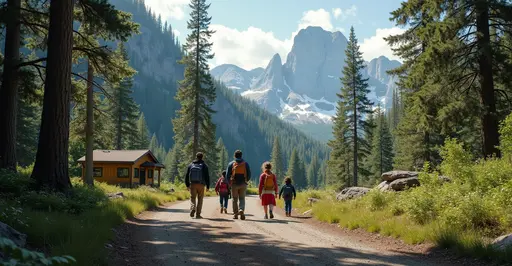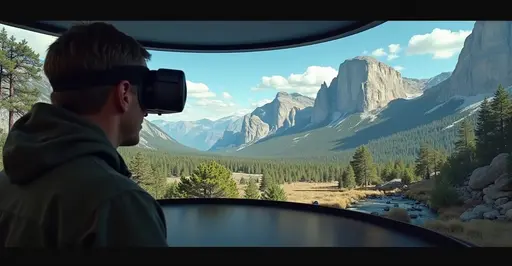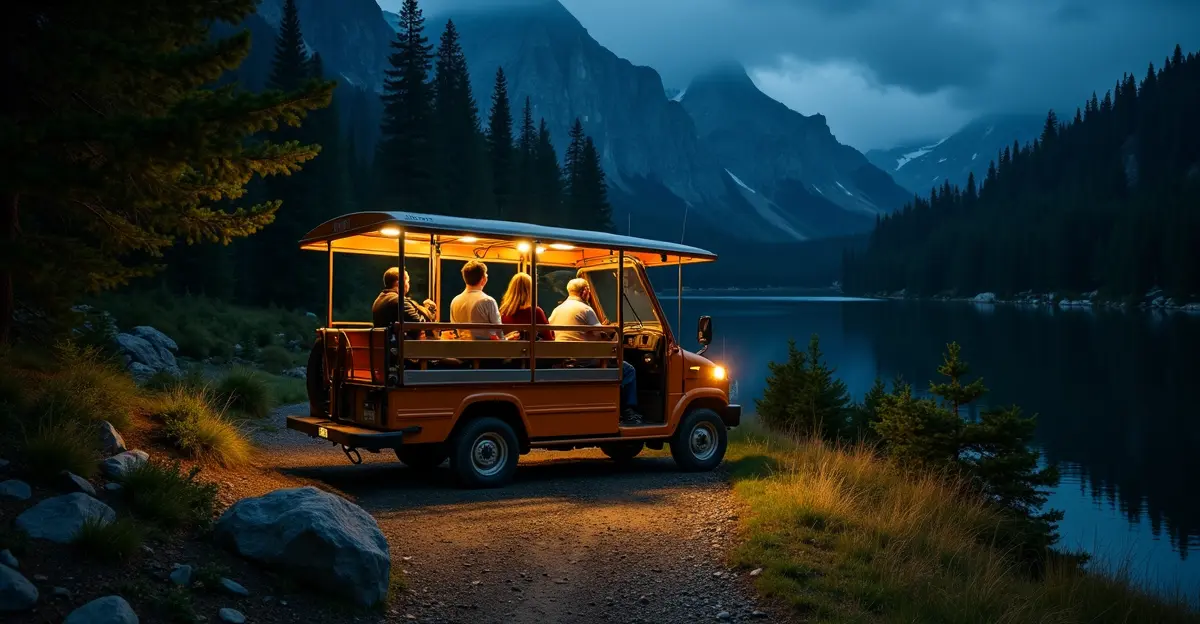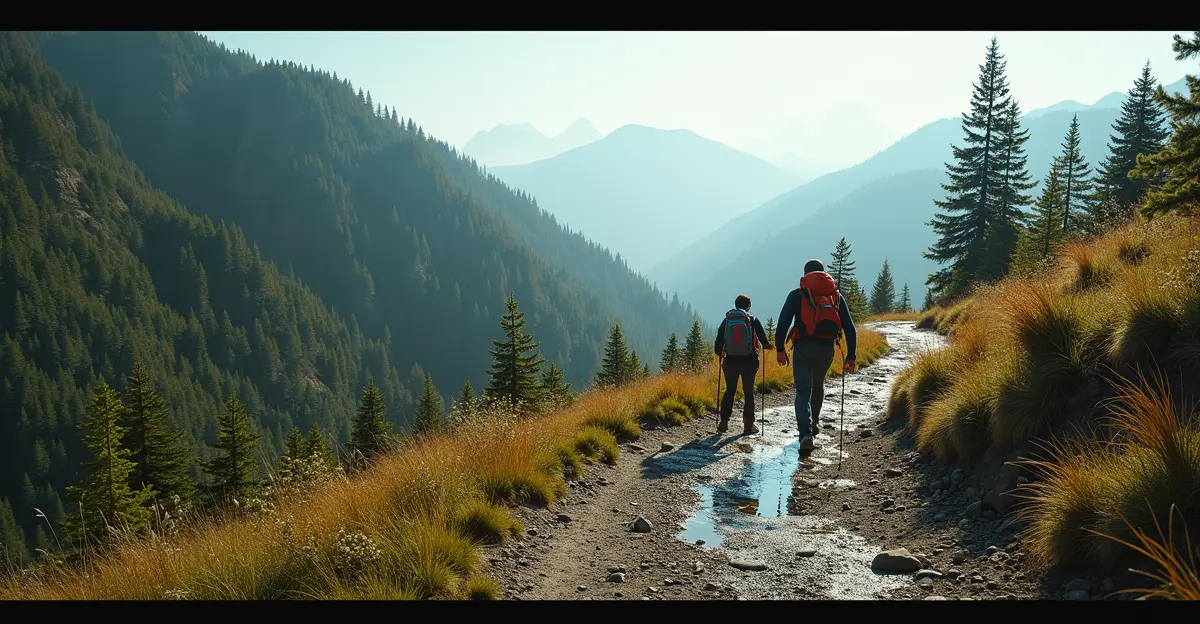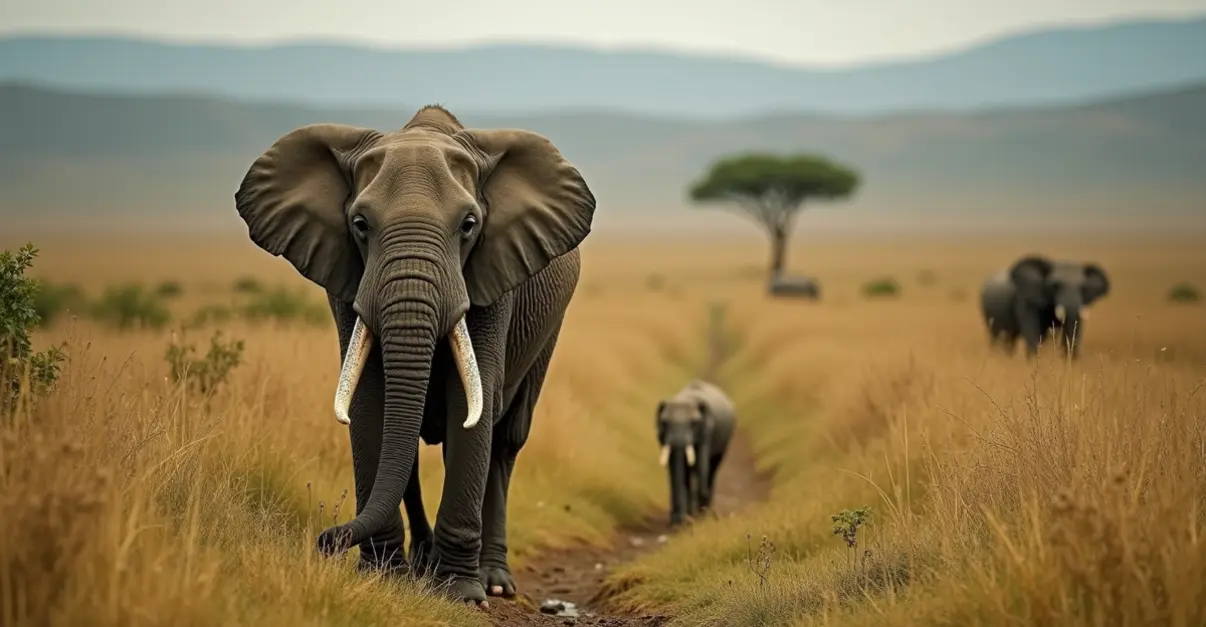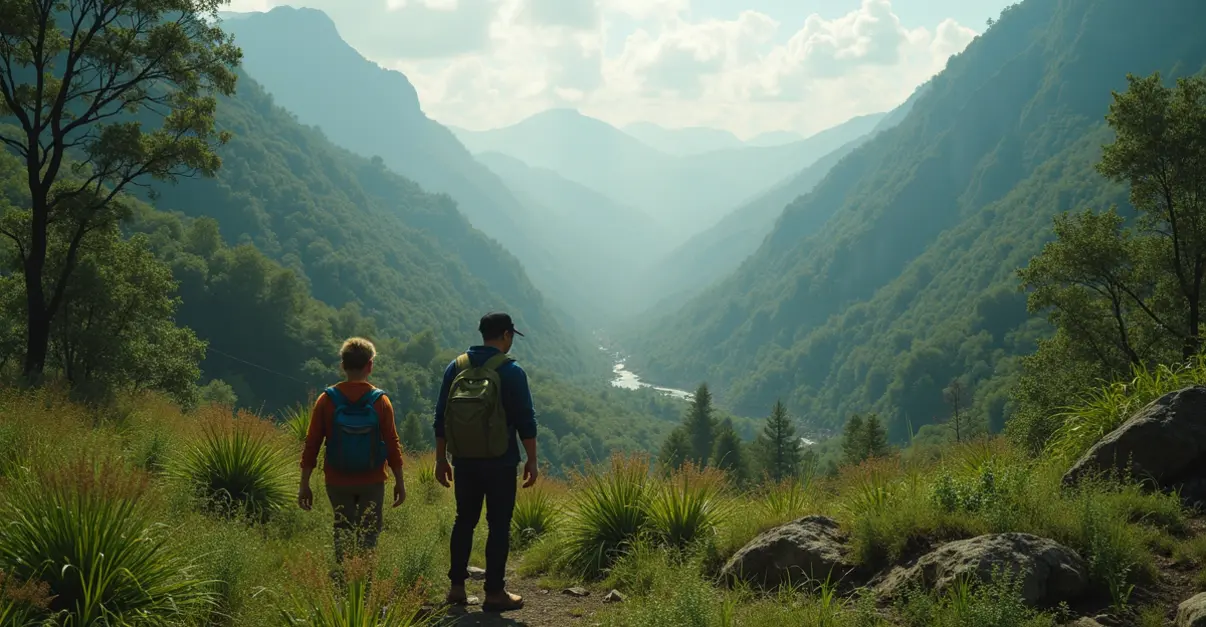National parks face record overcrowding with 331.9 million visits in 2024. Eight parks now require timed-entry reservations to manage crowds and protect fragile ecosystems amid chronic underfunding and environmental strain.
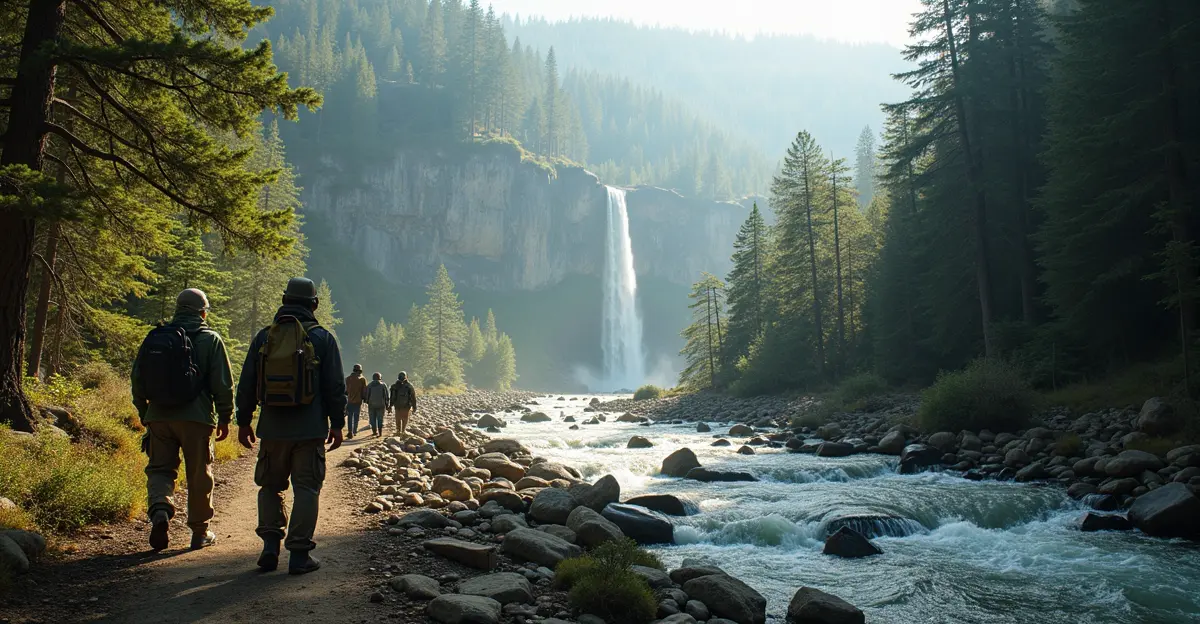
America's National Parks Face Unprecedented Crowding Crisis
America's beloved national parks are experiencing a perfect storm of record-breaking visitation, chronic underfunding, and environmental strain that threatens the very essence of these protected landscapes. In 2024, the National Park Service reported 331.9 million total recreation visits, with national parks alone accounting for 94 million visits - a dramatic increase from 74 million in 2014. This surge represents what park officials call 'overtourism' - where popularity becomes a threat to preservation.
The Perfect Storm of Factors
The COVID-19 pandemic accelerated visitation trends as domestic travelers turned to parks as safer alternatives to international travel. Social media has further fueled the surge, with parks receiving positive exposure seeing 16-22% increases in visitors. However, this popularity comes at a cost. 'We're seeing trails eroding faster than we can maintain them, wildlife being displaced from their natural habitats, and emergency incidents rising dramatically,' explains a veteran park ranger who requested anonymity.
Management Strategies in Action
In response, the National Park Service has implemented various crowd management strategies. For 2025, eight major national parks will require timed-entry reservations during peak seasons, including Arches, Glacier, Rocky Mountain, and Zion. Mount Rainier National Park is continuing its timed entry system for the Sunrise Corridor from July through September. 'The reservation system has significantly reduced wait times and improved visitor experience while protecting our fragile ecosystems,' says Jeff Bradybaugh, Superintendent of Zion National Park.
Environmental Impact and Infrastructure Strain
The consequences of overcrowding extend beyond visitor inconvenience. Chronic underfunding and staffing shortages have created a maintenance backlog that parks struggle to address while managing record crowds. Half of all visits occur in just the top 25 most-visited parks, creating intense pressure on specific locations. 'We're essentially loving these parks to death,' notes environmental scientist Dr. Maria Rodriguez. 'The balance between public access and environmental preservation is becoming increasingly difficult to maintain.'
Looking Forward: Sustainable Solutions
Park officials emphasize that solutions must be multi-faceted. Beyond reservation systems, they're exploring multimodal transportation options, wilderness permits, and working with local communities to develop sustainable tourism approaches. The success of Muir Woods National Monument's year-round reservation system, which achieved 96% visitor satisfaction, provides a model for other parks. As visitation continues to grow, the challenge remains: how to preserve these natural treasures for future generations while allowing public access today.

 Nederlands
Nederlands
 English
English
 Deutsch
Deutsch
 Français
Français
 Español
Español
 Português
Português




